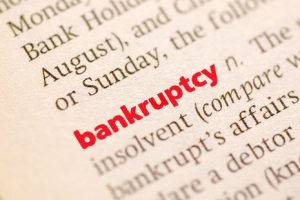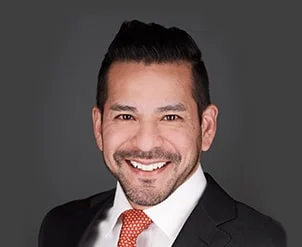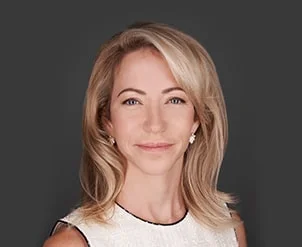Understanding Chapter 13 Bankruptcy In Indiana

Most lenders begin auto repossession procedures after two or three missed payments. Depending on the borrower’s credit history, the lender’s disposition, and a few other factors, the process could begin even sooner. That short leash does not give distressed borrowers very much breathing room.
To get needed breathing room, most distressed debtors should probably consider a wage-earner plan bankruptcy. These petitioners gradually repay their past-due auto loan payments and other obligations over time. Additionally, Chapter 13 also discharges many unsecured debts, like credit cards and medical bills. Zero unsecured debt and zero secured debt arrearage is the very definition of a fresh financial start, which is what the Bankruptcy Code guarantees.
Qualifying for Chapter 13
Unlike Chapter 7, Chapter 13 has a debt ceiling. Generally, Indiana families who owe more than about $2 million cannot file Chapter 13. That sounds like a lot of money, but bear in mind the $2 million figure includes secured debts, like home mortgages and auto loans. If your family is above the debt ceiling, your attorney can usually offer different options.
All bankruptcy debtors must meet some other formal requirements as well. Everyone must take at least one pre-filing debt counselling course and one pre-discharge debt management class. Sometimes, the trustee (person who oversees the bankruptcy for the judge) offers free live classes. Other times, they are available online. These online courses usually only take a few minutes and only cost a few dollars.
There is also an informal Chapter 13 requirement. These debtors must have sufficient disposable income to fund the monthly debt consolidation payment. If the debtor’s disposable income is a shade higher, that’s even better. More on the debt consolidation payment below.
Filing Chapter 13
Typically, Section 362 of the Bankruptcy Code goes into effect as soon as debtors file their voluntary petitions. The Automatic Stay prohibits all creditor adverse actions, including:
- – Repossession,
- – Wage garnishment,
- – Lawsuits,
- – Creditor harassment, and
- – Foreclosure.
Debtors do not need to show any fault. The Automatic Stay stops all these things immediately, even if the debtor files the petition at 9:00 and the foreclosure sale begins at 10:00.
The Protected Repayment Plan
About six weeks later, the trustee reviews the petition and schedules along with some other financial documents, such as recent pay stubs and tax returns. Assuming the numbers work out, the trustee also approves the debtor’s proposed repayment plan.
Each month, the trustee collects one lump sum and distributes it to secured creditors. If the payment resolves all deficiencies before the bankruptcy closes, the creditor must accept the income-based repayment plan. During this time, the Automatic Stay remains in effect, in most cases.
Some people make their first few payments and cannot maintain the payment schedule. If that’s the case, an amended debt repayment plan might be the answer. In other cases, the debtor can convert to Chapter 7.
Debt Discharge
At the end of the protected repayment period, may debtors still have some unsecured debt, such as credit cards and medical bills. In most cases, the judge discharges these debts. Debt discharge erases the person’s legal obligation to repay the debt, but not the debt itself. For example, if the bankruptcy discharges back income taxes and the IRS filed a lien, the debtor must take care of the lien separately.
Rely on Experienced Lawyers
Chapter 13 helps you get back on your feet. For a free consultation with an experienced bankruptcy attorney in Chicago, contact the Bentz Holguin Law Firm, LLC. We routinely handle matters in Illinois and Indiana.
Resource:
nerdwallet.com/blog/finance/late-car-payment-avoid-repossession/


